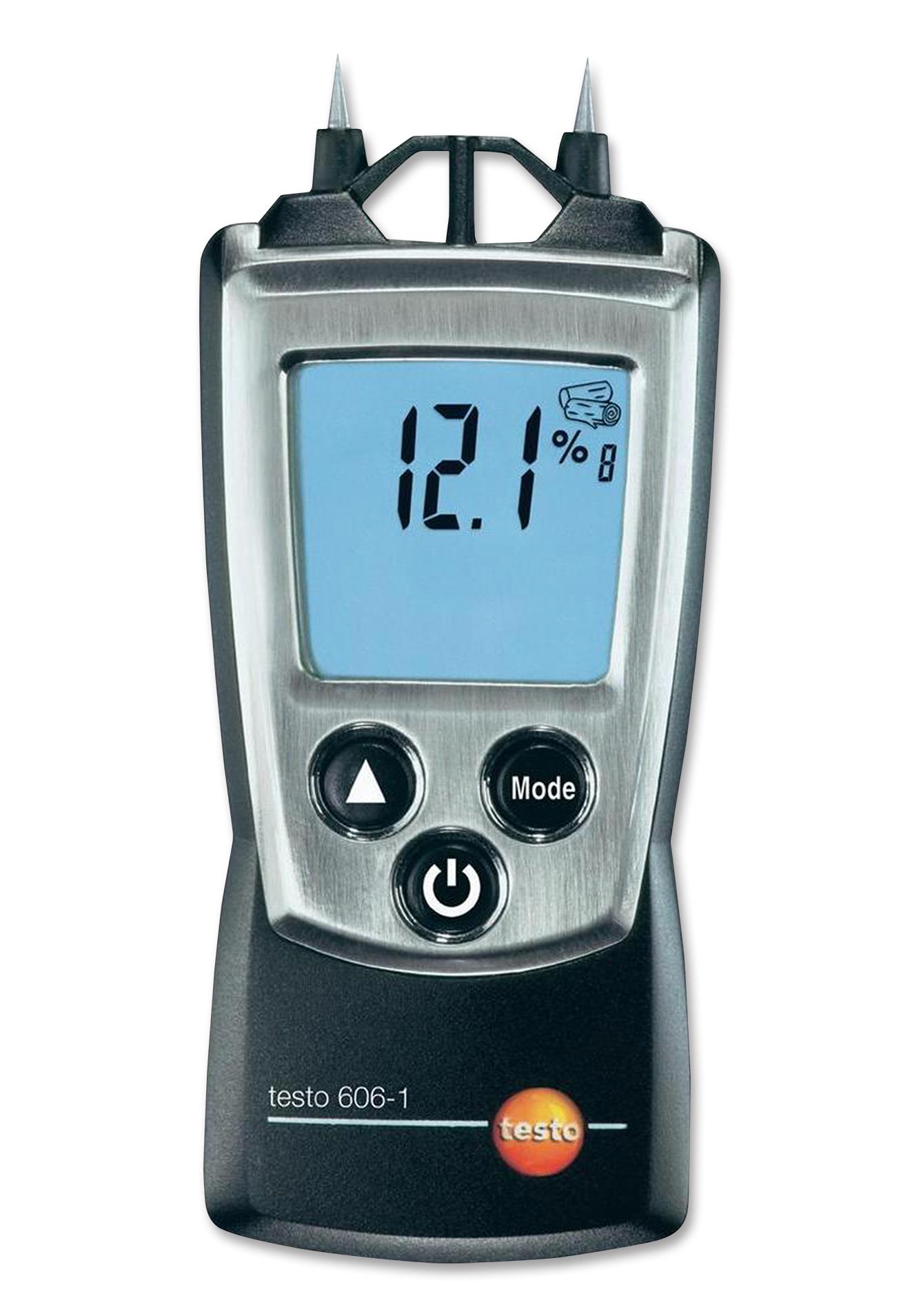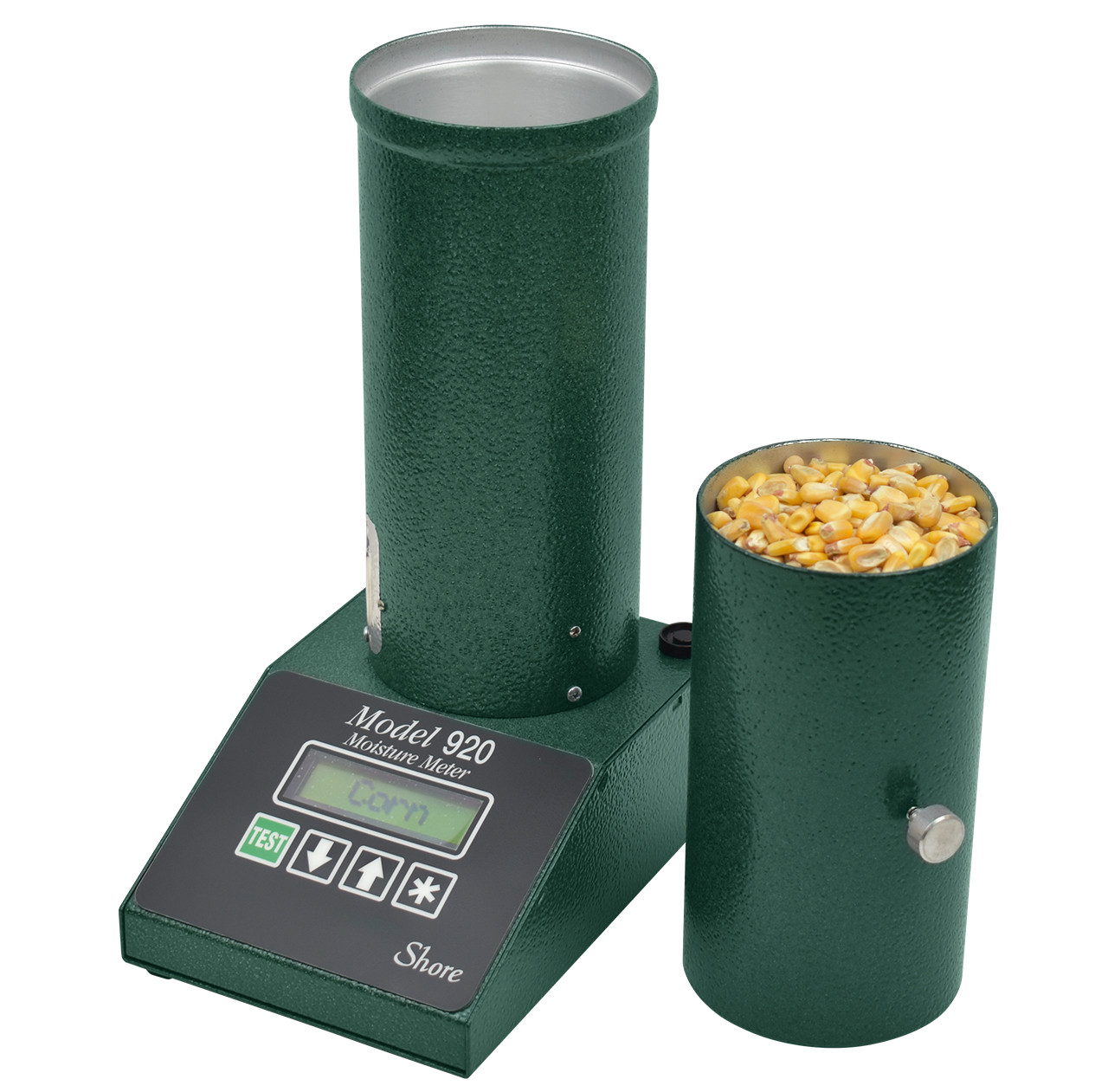Exactly How a Moisture Meter Can Enhance Your Building And Construction Projects and Protect Against Damages
Exactly How a Moisture Meter Can Enhance Your Building And Construction Projects and Protect Against Damages
Blog Article
Look Into the World of Moisture Meters: Whatever You Required to Know
In the realm of moisture meters lies a globe of precision and practicality that commonly goes undetected. Understanding just how moisture meters run, the different kinds offered, and their varied usages can shed light on their importance in ensuring quality and efficiency.
Just How Moisture Meters Work
Moisture meters operate by determining the electric conductivity or capacitance of products to establish the wetness content existing. These meters are very useful devices across numerous markets, consisting of woodworking, construction, and farming. By using different techniques such as pin-type or pinless modern technology, wetness meters provide precise readings that help professionals make notified choices.
Pin-type moisture meters function by putting the sharp pins into the material being examined. On the other hand, pinless moisture meters utilize electro-magnetic signals to scan a larger area without triggering any damage to the product's surface.
No matter of the method utilized, dampness meters play an essential function in stopping problems such as mold and mildew growth, structural damage, or product flaws triggered by excess dampness. Understanding just how these meters job is vital for ensuring the quality and integrity of products in different applications.
Sorts Of Moisture Meters
Given the important function dampness meters play in various markets, it is necessary to comprehend the different kinds readily available to experts for properly analyzing moisture levels - Moisture Meter. There are largely 2 main types of moisture meters: pin-type and pinless moisture meters

On the various other hand, pinless wetness meters use electromagnetic sensor plates to check a larger area of the material without creating any damages. This kind is suitable for swiftly scanning big areas and is commonly used for flooring, wall surfaces, and ceilings. Pinless meters are convenient for taking analyses on finished surfaces without leaving any visible marks.
Both kinds of dampness meters have their advantages and are selected based upon the certain requirements of the job available. Recognizing the distinctions in between these kinds is important for experts to make precise moisture assessments.
Applications Throughout Industries
With varied functionalities, dampness meters locate widespread application throughout different markets, assisting experts in ensuring optimum problems for materials and structures. In the agriculture sector, wetness meters are very useful for identifying the wetness material in grains, seeds, and hay, making certain quality assurance and preventing mold and mildew development. Construction professionals rely on dampness meters to evaluate the moisture degrees in structure products like timber, concrete, and drywall, which is essential for keeping architectural integrity and avoiding issues like rot or mold. The flooring sector uses dampness meters to gauge the wetness content in subfloors before setting up different flooring, avoiding expensive damages due to excess wetness. In the food industry, wetness meters are used to monitor and manage moisture degrees in products such as grains, nuts, and dried out fruits to keep quality and high quality. In addition, wetness meters play an essential role in the remediation and damage control market by aiding experts recognize and deal with water damages in structures quickly. Throughout these varied sectors, wetness meters are crucial tools for ensuring the top quality, security, and longevity of different materials and products.
Tips for Using Dampness Meters
Make use of the dampness meter's calibration setups to make sure precise analyses when determining the moisture web content in numerous materials. Additionally, make sure the meter is set to the right wetness variety for the material you are gauging to get the most precise outcomes.
When utilizing a pin-type dampness meter, put the pins to the suitable depth suggested for the product being tested. This ensures that the wetness analyses are extracted from the appropriate depth within the product, giving a much more accurate depiction of its dampness content. For pinless moisture meters, bear in mind to keep correct contact with the material's surface to obtain reputable readings.
Routinely inspect and change the batteries in your wetness meter to protect against inaccurate readings as a result of low power. Shop the meter in a risk-free and completely dry area when not in use to prolong look at these guys its life-span and maintain its precision. By adhering to these ideas, you can take full advantage of the efficiency of your dampness meter and acquire specific dampness content dimensions throughout various materials.
Maintenance and Calibration
To guarantee the accuracy of dampness web content measurements, normal upkeep and calibration of the moisture meter are important action in its appropriate performance. Maintenance involves keeping the dampness meter complimentary and clean from particles that can influence its readings. It is necessary to adhere to the supplier's standards for cleaning up to stop damages to the tool. Furthermore, routine calibration is needed to confirm the precision of the analyses. Calibration adjusts the moisture meter to make sure that it provides trusted and consistent results.
Calibration ought to be done occasionally, particularly if the dampness meter is used frequently or in essential applications where exact dimensions are required. Numerous dampness meters come with calibration tools or can be adjusted by specialist solutions. Moisture Meter. It is additional hints advised to maintain a log of calibration dates and results to track the efficiency of the wetness meter with time. By keeping and adjusting the wetness meter on a regular basis, individuals can trust the precision of the dampness content measurements obtained.
Final Thought

To conclude, moisture meters play a critical duty in various sectors by accurately gauging the wetness web content of products. Comprehending how these devices work, the different types offered, and proper maintenance and calibration are vital for obtaining reputable results. Whether in manufacturing, construction, or farming, the use of dampness meters helps make sure quality assurance and effectiveness in procedures.

In final thought, moisture meters play a crucial duty in various markets by properly gauging the moisture material of materials.
Report this page